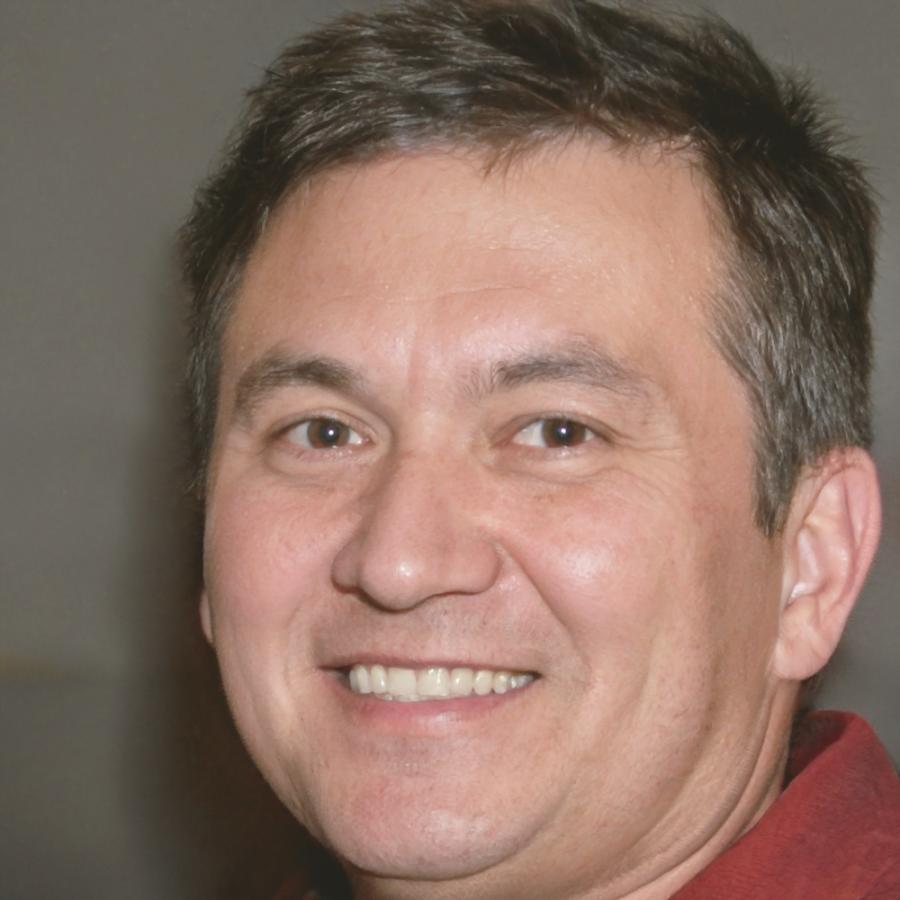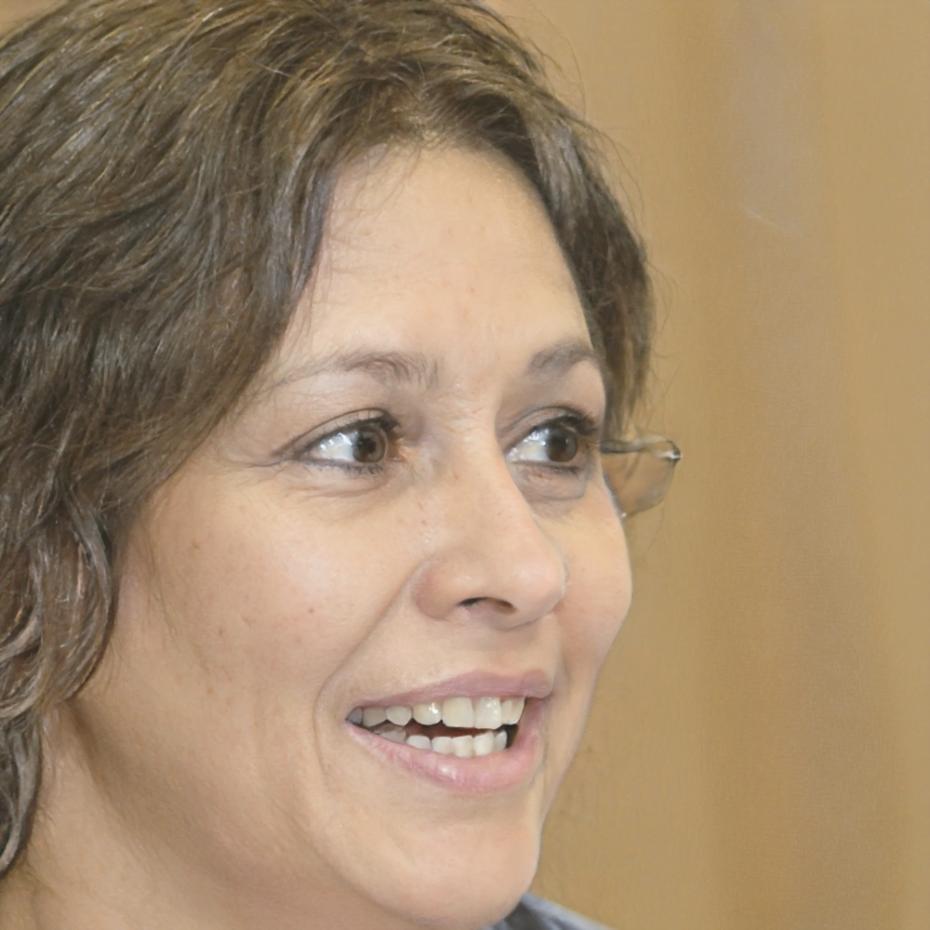Financial Analysis Training for Real Market Conditions
We built this program after watching too many analysts struggle with textbook theories that fall apart during actual market volatility. Our autumn 2025 cohort focuses on practical analysis techniques that work when markets get messy.
Learning Through Actual Market Analysis
Most programs teach financial analysis like it's a perfect science. But anyone who's worked through a market downturn knows better. We focus on developing judgment alongside technical skills.
Start with fundamentals, then complicate
First six months cover core valuation methods and financial statement analysis. Once you've got those down, we introduce the messy reality of incomplete data and shifting assumptions.
Real portfolios, real decisions
You'll work with actual Australian market data from the past decade. This means analyzing companies that went both directions and figuring out what the numbers were really saying at the time.
Small groups matter
We cap cohorts at 16 people because financial analysis improves through discussion and debate. Your classmates will challenge your assumptions, which is exactly what should happen.


Working Together Makes You Better at This
Financial analysis isn't a solo sport, even though it sometimes feels that way when you're staring at spreadsheets at midnight. The program structure pushes you to work with others constantly.
Weekly analysis sessions
Small groups tackle the same company using different approaches, then compare conclusions. You learn fast when someone found something you missed.
Peer review process
Before submitting major projects, another student reviews your work. It's uncomfortable at first but catches the kind of errors that would be embarrassing in a real role.
Cross-cohort connections
Current students connect with recent graduates still figuring out their careers. These relationships often become the most valuable part of the program.
Industry presentations
Teams present investment theses to working professionals who give direct feedback. Not always gentle, but that's the point of practice.
What Past Participants Actually Say
We asked graduates from 2023 and 2024 cohorts what they wish they'd known before starting. Here's what came up repeatedly.
"I thought I'd learn formulas and ratios. Instead, I learned when to trust the numbers and when to dig deeper. That judgment piece doesn't come from textbooks—it came from working through dozens of cases and getting feedback."
"The small group size meant nowhere to hide, which I hated at first. But defending your analysis to peers who've done the same work forces you to think more clearly. I still use that discipline every day when building models."

